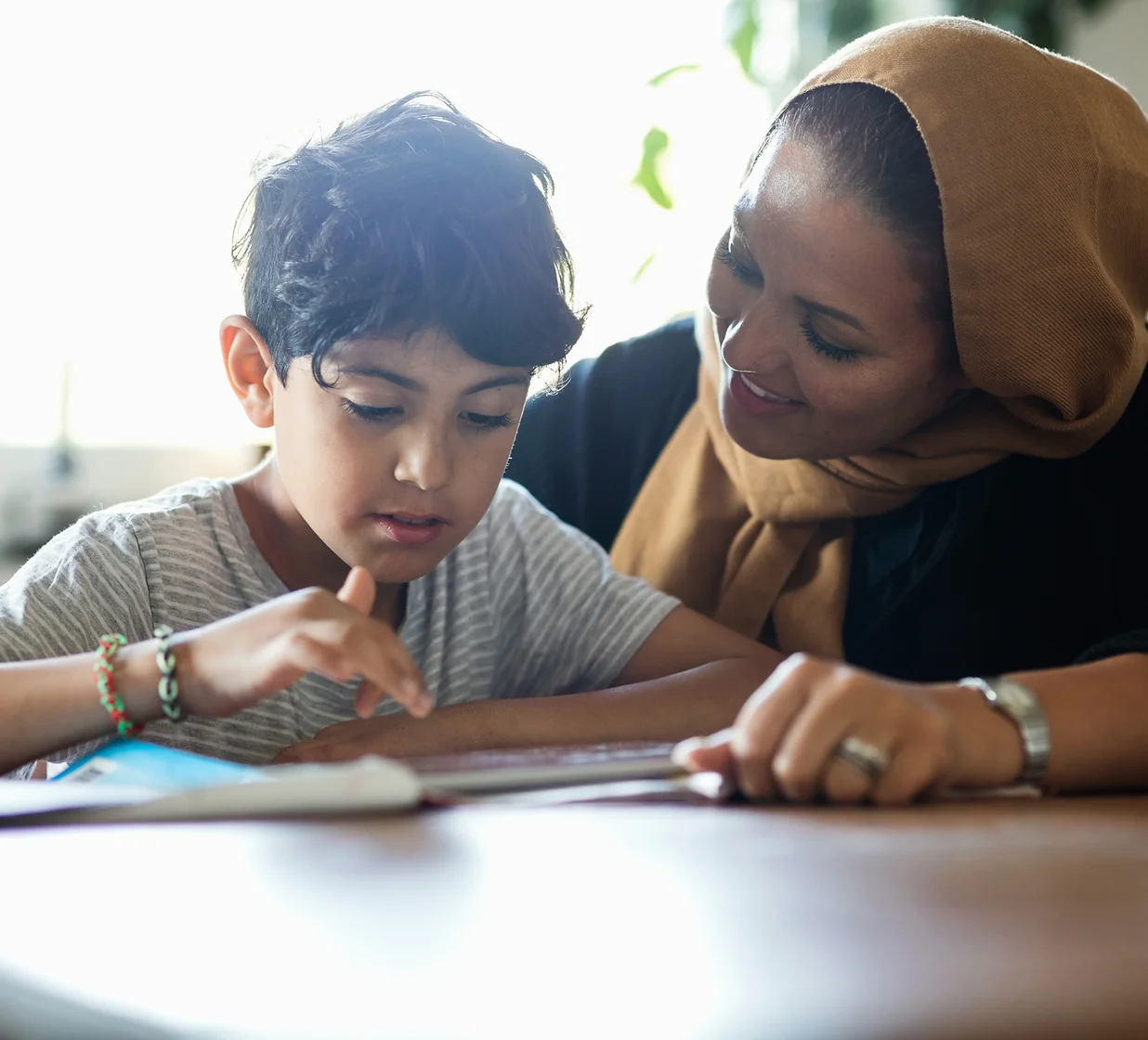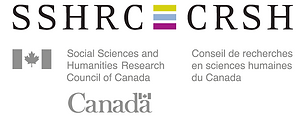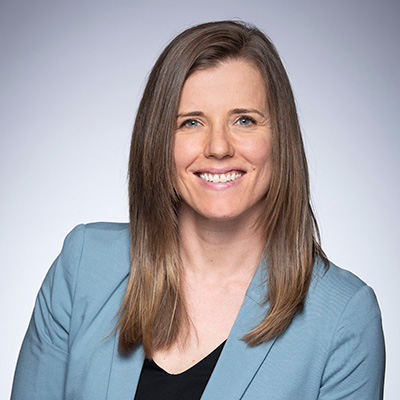Research project
Strengthen language teachers’ ability to use digital technologies in French and English language schools to mobilize inclusive plurilingual teaching practices.
Graphic Design
Nemo enim ipsam voluptatem quia voluptas sit aspernatur aut odit aut fugit, sed quia consequuntur magni dolores eos qui ratione voluptatem sequi nesciunt.
Web Development
Nemo enim ipsam voluptatem quia voluptas sit aspernatur aut odit aut fugit, sed quia consequuntur magni dolores eos qui ratione voluptatem sequi nesciunt.
APP & iOS
Nemo enim ipsam voluptatem quia voluptas sit aspernatur aut odit aut fugit, sed quia consequuntur magni dolores eos qui ratione voluptatem sequi nesciunt.
SEO
Nemo enim ipsam voluptatem quia voluptas sit aspernatur aut odit aut fugit, sed quia consequuntur magni dolores eos qui ratione voluptatem sequi nesciunt.
Social Media
Nemo enim ipsam voluptatem quia voluptas sit aspernatur aut odit aut fugit, sed quia consequuntur magni dolores eos qui ratione voluptatem sequi nesciunt.
Quantifiable Results
Nemo enim ipsam voluptatem quia voluptas sit aspernatur aut odit aut fugit, sed quia consequuntur magni dolores eos qui ratione voluptatem sequi nesciunt.
About our research
The aim of this research is to study the ways in which teachers in majority English language schools and minority French language schools in Ontario conceptualize and mobilize (or not) inclusive plurilingual pedagogical practices to support allophone students in learning English and French as official languages and to foster their academic success and social inclusion.
Year 1
Literature review
This study is framed within a critical paradigm (Freire, 1970; Colin et al. 2016; McLaren & Giroux, 1997) as this is the most appropriate approach when addressing issues of power, status, inclusion, digital technologies and language teaching. This is especially true when teachers in majority Anglophone and minority Francophone schools 1) tap into the linguistic repertoires of allophone students; 2) employ digital technologies to achieve this goal; and 3) engage in professional development opportunities in this regard. Indeed, this type of framework has been used in both Anglophone (Wernicke, 2019; Morgan & Fleming, 2009) and Francophone (Ehrhart, Hélot, & Le Nevez, 2010; Feunteun, 2012) research to document second-language teacher and student experiences with digital technologies (Cutrim Schmid; 2007; Cummins, 2000) and inclusive plurilingual practices (Dagenais, 2008; Hélot & Ó Laoire, 2014).

Inclusive teaching practices
Inclusive education presently refers to a systemic approach based on equity, diversity and social justice aimed at realizing the potential of all learners by taking into account their differentiated needs (Potvin, 2013, cited by Kangne Djuidje, 2020). The Ontario Ministry of Education (2014) defines inclusive education as education focused on respect for diversity and the elimination of “discriminatory biases, systemic barriers and power dynamics that limit students' ability to learn, grow and contribute to society” (p.45).
Related pedagogical practices use social, political and economic constructs rooted in relations of power, domination and resistance shaped by the context in which they take place (Collin et al. 2016). Consequently, inclusive pedagogical practices ensure that all students feel represented in the classroom and value diversity and respect for all.
To support and promote diversity among all learners, it is important for teachers to recognize that each learner is unique and brings funds of knowledge to the classroom that need to be recognized and valued. Teachers must create spaces where the diversity of perspectives is actively leveraged to foster learning through intercultural dialogue (Prud'homme, Vienneau, Ramel and Rousseau, 2011).

Learners' linguistic repertoires
The notion of a linguistic repertoire is intrinsically linked to the concept of plurilingualism, which refers to learners' dynamic and evolving linguistic repertoires (CEFR, 2018). As per this definition, plurilingualism should not be considered as native mastery of two or more separate languages situated in silos that never intersect (Auger, 2013), but rather as a unique, complex and composite linguistic repertoire from which one can draw in different contexts to 1) switch from one language to another; 2) speak in one language and understand a person speaking a different language ; 3) use knowledge of different languages to understand a text; 4) recognize words in a new form that belong to a common international repertoire; 5) mediate between individuals who do not share a common language; 6) experiment with the possibilities of languages; and 7) use the paralinguistic features of languages (mimicry, gesture, mime, etc.). (CECR, 2018).
Accordingly, plurilingual speakers have unique, interdependent repertoires within which they combine their general competence with various strategies to complete tasks (CEFR, 2018). This definition can therefore be applied to a range of individual situations, reflecting the history and social trajectory of each of them (Coste, Moore and Zarate, 2009). Indeed, by no longer aiming for “perfect” bilingualism/plurilingualism, it is possible to target partial competence in a given language, to satisfy any need in a specific context. Knowing that this partial competence is part of plurilingual competence (Coste et al., 2009), it's easier to value each individual achievement. According to Castelotti and Moore (2010), considering all language skills as assets rather than threats legitimizes students' achievements and promotes learning.

Use of digital technologies
In this study, NT use will be conceived as modes of use associated with specific objectives and influenced by heterogeneous elements such as users, technological devices, and power relations. Tondeur, Van Braak and Valcke (2007) established a typology of NT use in elementary school, through a questionnaire distributed to 352 teachers. They were able to determine that, in general, NTs were used as 1) a teaching subject, so that learners could make proper use of the technological resources available on school premises; 2) an information tool, to facilitate the dissemination of and access to information; and 3) a learning tool, to deepen knowledge, practice a skill or reinforce the appropriation of new knowledge (for example, practicing grammar using software).
In this study, we focus on the ways in which the linguistic repertoires of allophone students are mobilized when DTs are used to facilitate access to and dissemination of information, and to deepen or reinforce new knowledge. Researchers recognize that very often the elements listed in the typology above coexist in the same situation, which does not always make it easy to identify them.
Consent form
Research Team
This research is carried out by the Language and Education Research Group (EducLang). Its objective is to contribute to the advancement of knowledge associated with languages, their teaching and learning. It also aims to disseminate in Canada and around the world, in both French and English, the research conducted on the subject within the Faculty of Education at the University of Ottawa.
Research Assistants
Zein Abuosbeh
Karen D'souza
Sam Van Geel
Maude Goupil (MA)
Heather Koziol (PhD)
Gwenaelle Peyret
Cindy Savard (MA)






